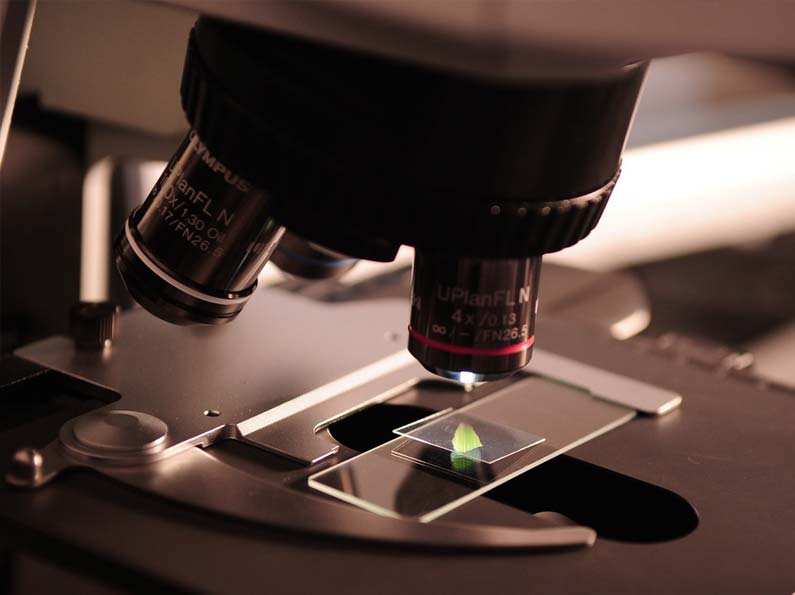Ink dating is a specialized forensic process that plays a crucial role in verifying the authenticity of documents, especially those where disputed dates or “self-serving” entries could influence the case outcome. When a person claims a handwritten entry or signature was created on a specific date, dating the ink can provide evidence to confirm or refute that assertion. This method requires expert analysis and sophisticated laboratory equipment, making ink dating a unique tool in the world of forensic document examination.
What is Ink Dating?
Ink dating is a forensic process that aims to determine when a particular ink was applied to a document. Using an array of techniques, an ink chemist can analyze the chemical composition of an ink sample and trace it back to the approximate date of application or the time when the ink formula became available in the market. Ink dating becomes essential in legal cases involving contested wills, medical files, diaries, or contracts, where the timing of a signature or entry is in question.
The Process
Unlike standard document examination, ink dating involves a complex, destructive process that requires laboratory-grade instruments and specialized expertise. Here’s a breakdown of how the process works:
- Sample Collection: A small amount of ink must be physically removed from the document. This is achieved by using micro-punches to collect ink samples from the paper, allowing for thorough analysis without compromising the document’s overall integrity. Because of the delicate nature of this step, ink chemists are meticulous in ensuring there is enough ink left for any potential review by another expert.
- Evaporation Rate Analysis: One of the primary methods used is analyzing the evaporation rate of the ink. Newly applied ink has a higher evaporation rate, while older ink on the same document will have reduced evaporation levels due to time-related drying. By assessing this rate, forensic examiners can approximate when the ink was placed on the paper.
- Market Introduction Analysis: Besides evaporation analysis, the ink’s components can be compared against known ink formulations to establish the earliest possible date it could have been used. If the ink’s chemical makeup matches a formulation introduced after the claimed date, it signals a discrepancy, indicating potential tampering.
The Importance of Professional Ink Dating
Since ink dating is a destructive process and requires highly specialized equipment, not all document examiners offer this service directly. Instead, they often work in conjunction with reputable ink chemists who possess the necessary tools and expertise. When pursuing ink dating, it’s essential to work with experienced professionals to ensure that the analysis stands up to scrutiny in legal settings.
Case Example: Exposing Forged Dates in a Legal Document
Consider a case where the authenticity of a will was in question. The document’s signature was suspected to have been forged or added after the fact. Through dating the siganture, experts analyzed the ink’s evaporation rate and found that it was applied far more recently than claimed, effectively challenging the document’s validity and impacting the case’s outcome. This demonstrates the value of ink dating in forensic investigations, as it can provide undeniable evidence of tampering or manipulation.
Ink Dating: A Specialized Field in Forensic Document Examination
Ink dating may not be available from every document examiner due to its technical and destructive nature. Still, the practice remains indispensable for cases where the timing of document entries can influence legal outcomes. For individuals or businesses facing legal challenges involving disputed document dates, consulting with a forensic document examiner who has access to ink dating experts is a valuable step toward uncovering the truth.

